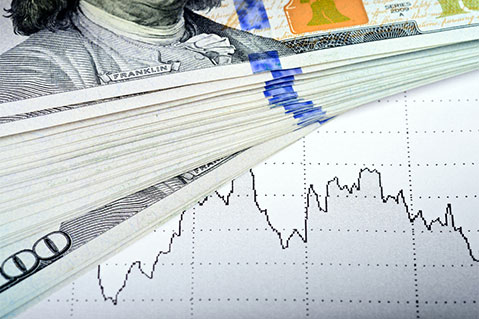May 03, 2016
U.S. Economy Lags in Q1
The American economy grew at its slowest pace in two years during the first quarter of 2016, though economists see several factors that point to a silver lining. Gross domestic product increased at an annual rate of .5% during the first three months of the year, falling short of economists’ predictions and the 1.4% growth experienced in the fourth quarter of 2015, the U.S. Department of Labor reported.

Analysts say that plunging oil prices, flagging exports, belt-tightening at businesses and reined-in consumer spending combined to make the pace of growth sluggish. Accounting for more than two-thirds of U.S. economic activity, for example, consumer spending expanded at a 1.9% rate – the slowest growth since the first quarter of 2015 and a deceleration from the fourth quarter’s 2.4%.
Despite the downbeat tone of first-quarter results, several bright notes were sounded. There were strong gains in residential investment, and economists are optimistic that the dollar being down 2.6% overall this year on a trade-weighted basis could ultimately lead to a rebound in exports.
Furthermore, the Institute for Supply Management’s manufacturing and nonmanufacturing surveys, which are linked closely to economic activity, have rebounded in recent months. Importantly, economists expect that a strong employment market, bulkier household savings and increased job security (applications for unemployment benefits are near a 43-year low) will lead to a rise in consumer spending.
“The first quarter is going to be the worst quarter for consumption for all of 2016,” Jacob Oubina, a senior U.S. economist at RBC Capital Markets LLC in New York, told Bloomberg. “With financial markets calming down and retracing all of their losses, the fundamental factors that have driven consumption will continue to do so.”
The promotional product industry experienced similar slowed growth in this year’s first quarter. Data released by ASI last week found that distributors increased their sales by only 1.4% in the quarter, compared with 3.5% in last year’s first quarter. The Counselor Confidence Index, which gauges the health and optimism of distributors, measured at 111 for the quarter, down from 114 in Q4 but relatively unchanged over the last three years.
